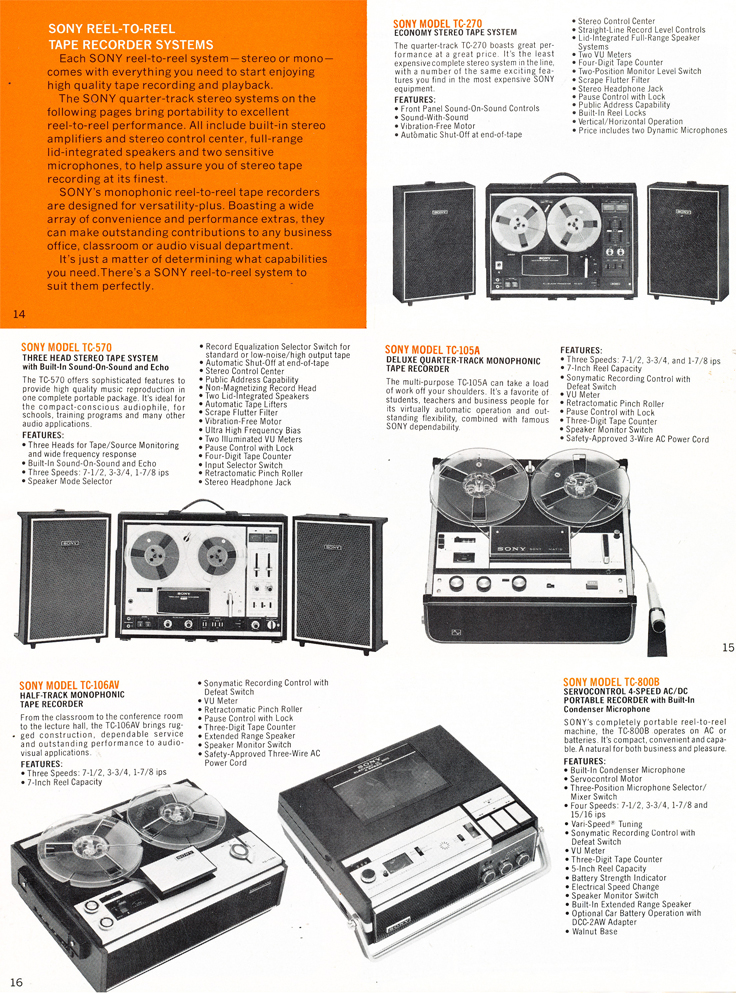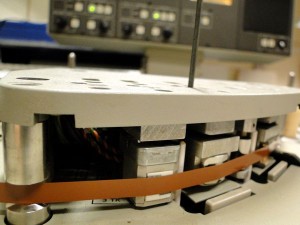We have recently transferred a number of recordings of the poet, Anthony Rye, reading his work. The tapes were sent by his Grandson Gabriel who was kind enough to tell us a bit more about Anthony’s life and work.
‘Anthony Francis Rye is intimately associated with the Hampshire village of Selborne, a village made famous by Gilbert White and his book, Natural History of Selborne.
The Rye family has been here since the end of the 19th century and Anthony came to live here in the 1940s with his wife, in the house I now live in.
Among his books of poems are The Inn of the Birds (1947), Poems from Selborne (1961) and To A Modern Hero (1957). He was an illustrator and trained as an engraver and illustrated The Inn of the Birds himself, of which he said the poems “…were written to make people more alive to the spirit of bird-life and to the nature of birds generally. It was hoped to communicate something of the intense pleasure in birds felt by the author, and at the same time, by emphasizing their strange remote quality without destroying the sense of their being our fellow creatures…”
His poem ‘The Shadow on the Lyth’ from Poems from Selborne, invokes a dark moment in Selborne’s history when it was proposed by the council to put a much needed sewage works at the bottom of Church Meadow, thus ruining one of the most beautiful settings in Hampshire – one beloved of natural historian Gilbert White. Anthony Rye fought this and after a long struggle managed to have the works re-sited out of sight.’
Gilbert White’s life and work was a significant influence on Rye’s work and in 1970 he published the book Gilbert White and his Selborne.
Although the BBC has previously broadcast Rye’s poems, Gabriel tell us that these particular recordings have not been. Until now the recordings have been stored in Arthur’s house; migrating them to digital files is an exciting opportunity for family members, but also hopefully wider audiences, to access Rye’s work.
Listen to Anthony Rye reading his poems, with thanks to Gabriel for granting permission
Recording technologies in history

Arthur Jolland, a nature photographer and friend of the poet made the recordings on a SONY 800B, a portable reel-to-reel tape machine described by SONY as ‘compact, convenient and capable, a natural for both business and pleasure.’
The machine, which used a ‘ServoControl Motor; the same type of motor used is missile guidance control systems where critical timing accuracy is a must,’ is historically notorious for its use by US President Richard Nixon who racked up 3,700-4,000 hours of recordings that would later implicate him during the Watergate Scandal.
Sahr Conway-Lanz explains that ‘room noise may constitute roughly one quarter of the total hours of recorded sound’ because tape machines recorded at the super slow speed of 15/16 of an inch per second ‘in order to maximize the recording time on each tape’ (547-549).
Decreasing the speed of a tape recording causes a uniform reduction in the linearity of response, resulting in more hiss and dropouts. If you listen to the recordings made by Nixon, it is pretty hard to discern what is being said without reference to the transcripts.
The transfer process
There were no big issues with the condition of the Anthony Rye tapes other than a small amount of loose binder shedding. This was easily solved by dry cleaning with pellon fabric prior to digitization.
Although in some cases playing back tapes on exactly the same machine as it was recorded on is desirable (particularly so with DAT transfers), we migrated the recordings using our SONY APR 5003. 
Using a technically superior model, one of the few large format professional reel-to-reel machines SONY manufactured, mitigates the extent to which errors are added to the recording as part of the transfer process. Furthermore, the greater flexibility and control offered with the 5003 makes it easier to accurately replay tapes recorded on machines that had lower specifications.
Another slight adjustment was attaching longer leader tape to the front and end of the tape. This is because the Sony APR 5003 has a much longer tape path than the 800B, and if this isn’t done material can be lost from the beginning and end of the recording.
***
The journeys we have been on above – from the natural history of a Hampshire village seen through the eyes of largely unknown poet to the Watergate scandal – is another example of the diverse technical, cultural and historical worlds that are opened up by the ‘mysterious little reddish-brown ribbon‘ and its playback mechanisms.

